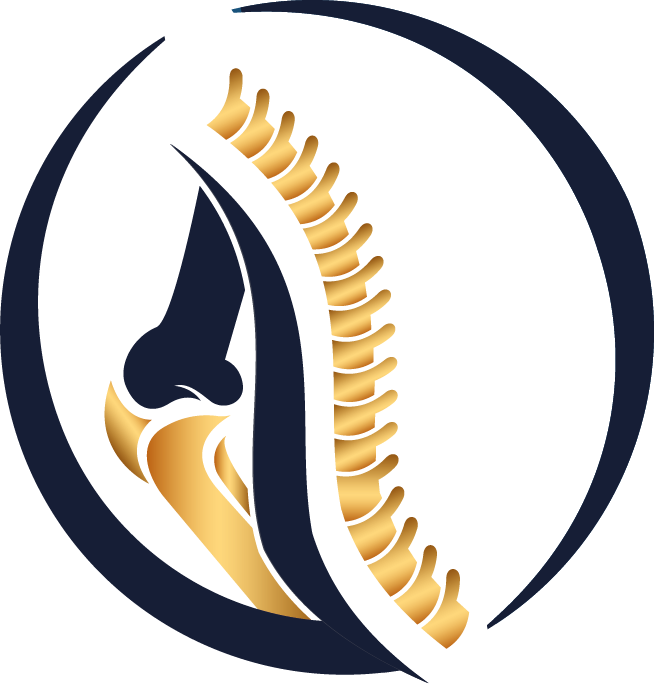SLAP Lesion: The Hidden Cause of Shoulder Pain
Shoulder pain, restricted movement, and weakness are common problems that affect many people's daily lives. An important cause of these problems is tears in the area where the long head tendon of the biceps muscle attaches to the labrum, a cartilage-like structure in the shoulder. This condition is called a 'SLAP lesion' in medical terms.
What is a SLAP Lesion?
SLAP is an abbreviation for 'Superior Labrum Anterior to Posterior'. It refers to tears in the upper part of the shoulder's labrum (joint cartilage) where the long head tendon of the biceps muscle attaches. It can affect both the front and back portions. Such lesions are more common in athletes and individuals who frequently use their arms overhead. They can also occur in people who have age-related wear and tear of the labral tissue.
Who Develops SLAP Lesions?
- Athletes (especially those who use their arms overhead)
- People who do heavy work
- Those with age-related degeneration of the shoulder cartilage
- After a fall or sudden pulling movement
What are the symptoms of SLAP lesion?
- Deep shoulder pain
- Clicking or catching sensation during movement
- Difficulty with overhead activities
- Weakness
How is a SLAP Lesion Diagnosed?
To make a diagnosis, a thorough physical examination is first performed. Specific tests on the shoulder can raise suspicion of a lesion. The definitive diagnosis is usually made through magnetic resonance (MR) imaging. A special technique called MR arthrography is effective in clearly showing any tears in the labrum.
SLAP Lesion Classification
SLAP lesions are classified into different types. In the most common types, there is only wear and tear in the labrum (Type 1), while in some types the biceps tendon may be completely detached from the labrum (Type 2). In more complex types, the torn labrum fragment may be free within the joint or may extend into the tendon (Types 3-4).
- Type 1: Mild wear and tear in the labrum
- Type 2: Separation of the biceps tendon from the labrum
- Type 3: The torn labrum fragment is free within the joint
- Type 4: The torn labrum has progressed towards the biceps tendon
Treatment Methods
Treatment is planned according to the person's age, activity level, and severity of complaints. For mild tears, rest, medication, and physical therapy may be sufficient. However, more advanced cases may require surgical treatment. Surgery is usually performed by arthroscopic (closed) method. With this method, the tear can be repaired, the biceps tendon can be released, or it can be re-fixed to the bone.
Conservative Treatment:
- Rest
- Painkillers
- Physical therapy and exercises
Surgical Treatment (Arthroscopic):
Repair of the tear (labrum repair)
Depending on the type of SLAP lesion and the size of the tear, the most common and first-line method applied is labrum repair. In this procedure, the torn labrum tissue is re-fixed to the bone (glenoid) using special suture materials and small anchors (suture anchors). These anchors are usually bioabsorbable, meaning they are gradually absorbed by the body over time.
Labral repair aims to restore the original anatomical position of the labrum and re-establish the stability of the shoulder joint. This method is frequently preferred, especially in young and active individuals, as the labrum has a high potential for self-healing and full restoration of shoulder function is targeted.
Release of the biceps tendon (tenotomy)
In some SLAP lesions, the long head of the biceps tendon (the tendon connecting one of the major muscles in the front of the arm, the biceps, to the shoulder joint) may play a role in the formation of the tear or hinder the healing of the tear. In this case, a procedure called tenotomy can be performed.
Tenotomy is the procedure where the connection point of the biceps tendon at the shoulder joint is cut and released. This aims to reduce the tension on the tendon, relieving pain and increasing shoulder range of motion. After the tendon is released, it usually moves downward on the arm and does not cause any functional loss. Tenotomy is generally preferred in elderly patients or when the tendon is significantly degenerated.
Tendon fixation to the bone (tenodesis)
After the release of the biceps tendon (tenotomy), in some cases, tenodesis procedure can be applied to stabilize the tendon in a more stable position and potentially prevent a cosmetic deformity (Popeye Deformity). Tenodesis is the surgical fixation of the biceps tendon to a bone outside the shoulder joint (usually the humerus, the arm bone).
In this procedure, the cut end of the tendon is securely fixed on the humerus bone using a small tunnel or special screw/anchor systems. Tenodesis aims to preserve the tendon's function while also reducing the discomfort in the shoulder joint. Although it is a more invasive procedure compared to tenotomy, it can provide a more stable result, especially in younger and more active patients, or when the biceps tendon is significantly damaged.
What Happens If Left Untreated?
If left untreated, it can lead to persistent shoulder pain, weakness, loss of motion, and difficulty with daily activities. Therefore, early diagnosis and proper treatment are important.
Postoperative Recovery Process
The postoperative recovery process varies from person to person, but generally takes 3 to 6 months. A sling is used in the first weeks, followed by physical therapy. Most people can return to their normal lives after treatment.
SLAP lesions are a shoulder condition that can be successfully managed with early diagnosis and appropriate treatment. If you are experiencing these symptoms, it is important to see an orthopedic specialist for a detailed evaluation.
 Türkçe
Türkçe
 Arabic
Arabic
